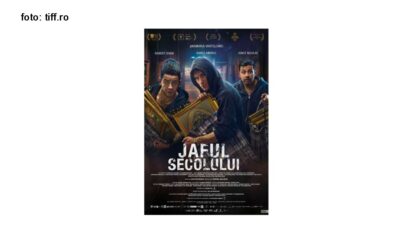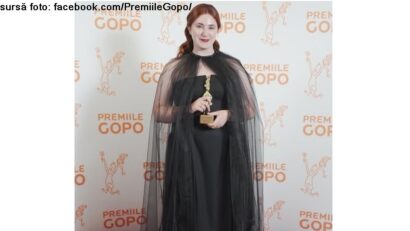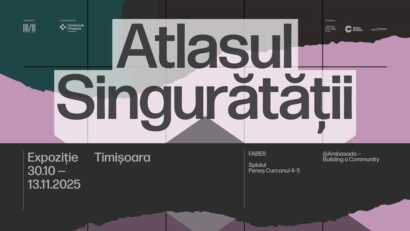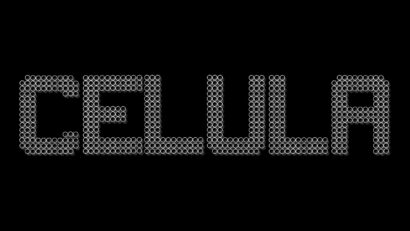The Bucharest Contemporary Art Biennale
The highlights of this year's edition of the Bucharest Contemporary Art Biennale.
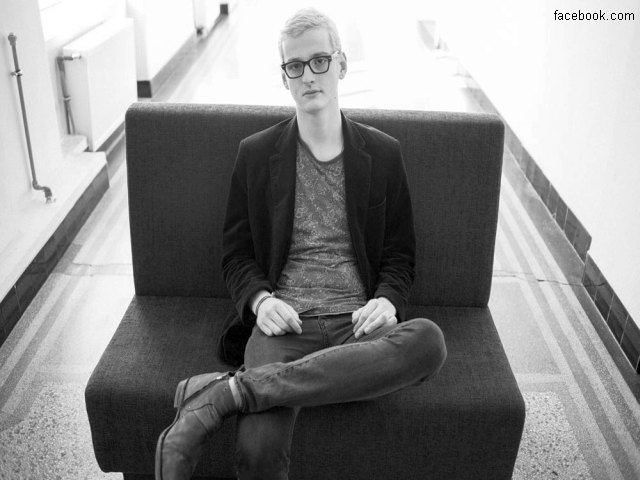
Luana Pleşea, 05.04.2014, 14:00
The biggest art event marking the end of spring and the beginning of summer season in Romania’s capital city is the Bucharest Contemporary Art Biennale. Very popular with art lovers, this 6th edition of the festival is staged by Pavilion, the Centre for Contemporary Art and Culture. While the early editions of the Biennale lasted for a month, the time allotted to this event has doubled since 2010. So, this sixth edition takes place between May 23rd and July 24th and will be curated by Gergő Horváth, who also established the theme for this year’s biennale.
“This year’s theme is ‘Apprehension. Apprehending out of Apprehension.’ In English ‘apprehension’ has a double meaning: it’s the anticipation of adversity or misfortune and it also means understanding. This year we are focusing on the relationship between understanding and fear, on how fear can be managed and used for our personal development. Fear is present in our lives, it accompanies us all through our life and for this reason it deserves a deeper analysis.”
The artists attending the event this year have been selected depending on how they managed to reflect this theme of apprehension in their works and not for their entire activity. Among the 20 Romanian and foreign artists invited are Erwin Wurm from Austria, Chiara Fumai from Italy, Janos Sugar from Hungary as well as Adrian Dan, Matei Arnautu, Dan Beudean and Zoltan Bela from Romania. The entire list of participating artists will be made public in early April. Their works will be on view at four different venues: the Pavilion headquarters, which will also serve as an information centre for the Bucharest Biennale; the Institute for Political Research, which also contributed to the latest two editions of this event; the Romanian Peasant Museum; and the Fine Arts and Crafts Association. The Faur plant will also host a series of additional events related to the biennale. According to curator Gergő Horváth, the focal point of this sixth edition is visibility, something also to be achieved by a number of additional events:
“This year’s edition will be very visible in Romania as there are also many additional events. We’ll be running partnerships in the field of art and design and a string of four other big events will unfold concurrently. So in addition to the Bucharest Biennale, we’ll have the Long Night of Museums, the Romanian Design Week, the Long Night of Art Galleries and Safari Art, which is the first art fair in Romania. Design Week is an event allowing young Romanian designers to introduce their works to the public. The biennale as well as the other events are as many opportunities for young and old artists alike.”
The Bucharest Biennale is the right place for artists to manifest themselves and engage in dialogue with the public. Curator Gergő Horváth explains:
“These are events that speak to everybody, both professionals and people who are just interested in the field and want to see something new. Contemporary art asks questions about major social and political issues, therefore it is a very good educational tool. People can come and see, in a certain context, things that are important and affect us all.”
The 6th Bucharest International Contemporary Art Biennale also aims at bossing solidarity among artists. Curator Gergő Horváth again:
“I think that this Biennale will slowly bring Romanian artists together, as there are many animosities among them that need to be solved. Such a big event is a good opportunity to do that. The artistic field needs solidarity, because the state shows little to no support for the arts, and it is not even aware that such a thing as contemporary art exists. The more projects and art spaces we create, the bigger the interest in arts and, maybe the state will realise eventually that contemporary art is an important pillar of culture.”
Gergő Horváth is an artist and cultural manager. He studied music and is now studying photographic art at the Cluj University. He is also the coordinator of the Pavilion and Reform projects in Cluj and Timisoara. He has recently participated in an exhibition titled “The Affluence of Working Class from Differentiation to Collectivism”, whose curator is Razvan Ion, the co-director of the Bucharest Biennale and one of the founders of the Pavilion Centre of Contemporary Art and Culture.

